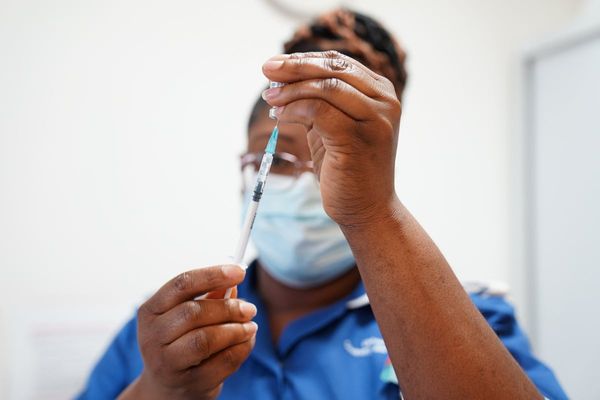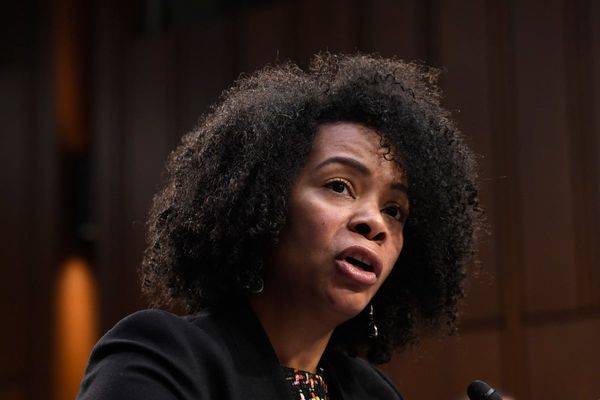
In October 2013, President Xi Jinping announced the “One Belt One Road” (OBOR) or “Belt and Road Initiative” (BRI). The heart of the project centers on an 11,000 kilometer railway line across the Eurasian continent to connect China with Europe via Central Asia. There is also a proposed maritime route through ports in China and Malaysia, Indonesia, Singapore, India, Maldives, Seychelles, Tanzania, Djibouti and Egypt, ending in Italy. Two shorter land-based economic corridors are planned: one from Kashgar in China via Pakistani-administered Kashmir to the Pakistani port of Gwadar; and the other from Sichuan in China to the Indian port of Kolkata via Bangladesh and Myanmar (Burma). As an interesting aside, Kolkata features both in the proposed maritime route and economic corridor, similar to the British use of the city as the imperial lynchpin connecting East and Southeast Asia with South Asia.
Although the causes and effects of reactions of regional powers like India and Japan, stake holding countries in Central Asia, European countries, and the global power United States have been analyzed, the role of international financial institutions, especially that of multilateral development banks that have invested in the BRI, are often ignored. By analyzing these institutions’ basic ownership structures and their commitments to the BRI, we reveal that many countries have become economically entangled with the BRI via their participation in these institutions, including the U.S., India and member states of the EU.

In 2016, International Enterprise Singapore, a segment of Singapore’s Ministry of Trade and Industry, signed three memorandums of understanding (MOUs) with Chinese banks, specifically the Industrial and Commercial Bank of China, Singapore Branch (ICBC) and China Construction Bank (CCB), to partner in BRI projects. This US$90 billion partnership include financial services required for OBOR infrastructure investments. The CCB is also considering setting up a financial center in Singapore to provide services and support for BRI investments and projects.
The World Bank has also expressed support for the BRI. During the Opening Session of the Belt and Road Forum for International Cooperation in May 2017, the president of World Bank Group, Jim Yong Kim, shared the IFC is working with the Silk Road Fund and China’s Three Gorges Company to develop hydropower in Pakistan. Other partners include China’s Exim Bank and China Investment Corporation for the development of infrastructure. An estimate of US$12.9 billion in trade has been allocated through global short-term finance programs.
The United National Development Programme is also supportive of the Belt and Road Initiative. An action plan was signed between the UNDP and Chinese government which included the following five areas: information exchange, projects cooperation, policy coordination, building partnership and capacity building.

Two multi-lateral European banks have also partnered with the BRI: the European Investment Bank (EIB) and the European Bank for Reconstruction and Development (EBRD). The EIB is committing 500 million euro (about US$561 million) in support of the initiative and is “jointly backed by the European Investment Fund and the Silk Road Fund” to ensure equal investment in the projects. Owned by the EU member states, the EIB is the long-term lending bank of the European Union. The EIB finances everything from small and medium business to major infrastructure and transportation projects, primarily in EU member states, but also in non-member European countries, as well as developing countries in Asia, Africa, Latin America, the Caribbean and the Pacific. The three largest shareholders are Germany, France and Italy, with each contributing €39 billion (US$43.8 billion) to the bank’s reserves, which allows each to hold a 16 percent stake. Despite the withdrawal of Britain, which was the fourth such contributor and shareholder, the EIB is confident of continuing its lending operations.
Established in 1991 to help the post-communist Central and Eastern European countries develop through free market policies and private entrepreneurship, the EBRD also believes that the BRI provides an opportunity to strengthen the bank’s relationship with China. Specifically, it would allow the EBRD to both provide financial partnership via investments and loans, as well as promote “the so-called ‘soft’ infrastructure of policy reforms and know-how,” to “boost synergies between European and Chinese investment goals.” The U.S. is currently a member of the EBRD, and holds 10 percent of its capital shares, with approximately €3 billion (US$3.37 billion) in capital subscription. The total value of joint U.S.-EBRD investments was €19.6 billion (US$22 billion) at the start of 2017. France, Germany, Japan, Italy, and the UK all had 8.52 percent capital shares with approximately €2.5 billion (US$2.81 billion) in capital subscriptions.
The two major multi-lateral Asian Banks involved in BRI projects are the Asian Development Bank (ADB) and the Asian Infrastructure Investment Bank (AIIB). The ADB, a development oriented financial institution with the goal to reduce poverty in Asia and the Pacific regions, funded US$400,000 in BRI projects in 2016. Although a small amount, it could signal the ADB’s interest in collaboration with China. Currently the U.S. is a non-regional member of the ADB, and holds 15.6 percent of capital shares and 12.7 percent of the voting power. Japan, a regional member, has the same percentage of capital shares and voting power, and is considered the dominant Asian actor in the ADB.

Designed to finance the BRI, the Asian Infrastructure Investment Bank (AIIB) was founded in 2016. China is contributing US$50 billion of the total capital of US$100 billion, with a voting share of 28.7 percent; India being the second largest contributor of capital, is contributing US$8.6 billion, with only an 8.3 percent voting share. Although the U.S. is not a member of the AIIB, it is important to note that the ADB is seeking to partner with AIIB on projects related to infrastructure development and poverty reduction in Asia. The AIIB is also cooperating with the New Development Bank, which is jointly controlled by Brazil, Russia, India, China and South Africa (BRICS) with equal voting power and contributions.
In conclusion, U.S. based observers consider the BRI an instrument of China’s ambition to dominate South East Asia, Central Asia, and the Indo-Pacific, while noting the high-costs to nations participating in BRI projects. However, the aforementioned commitments from multi-lateral lending institutions reveal how China is embedding the BRI within a wider set of stakeholders.
Read Next: China at a Crossroads on Economic Growth at National People's Congress
Editor: Nick Aspinwall (@Nick1Aspinwall)
If you enjoyed this article and want to receive more like it in your news feed, please be sure to like our Facebook page below.







